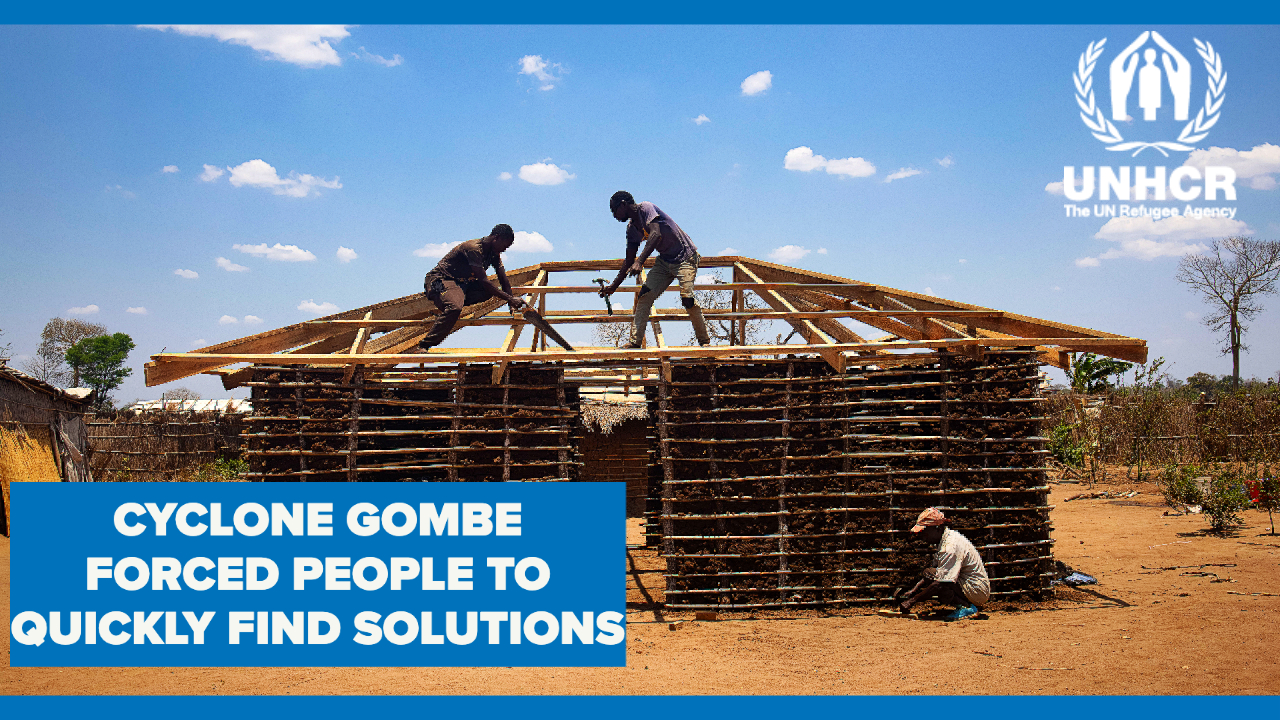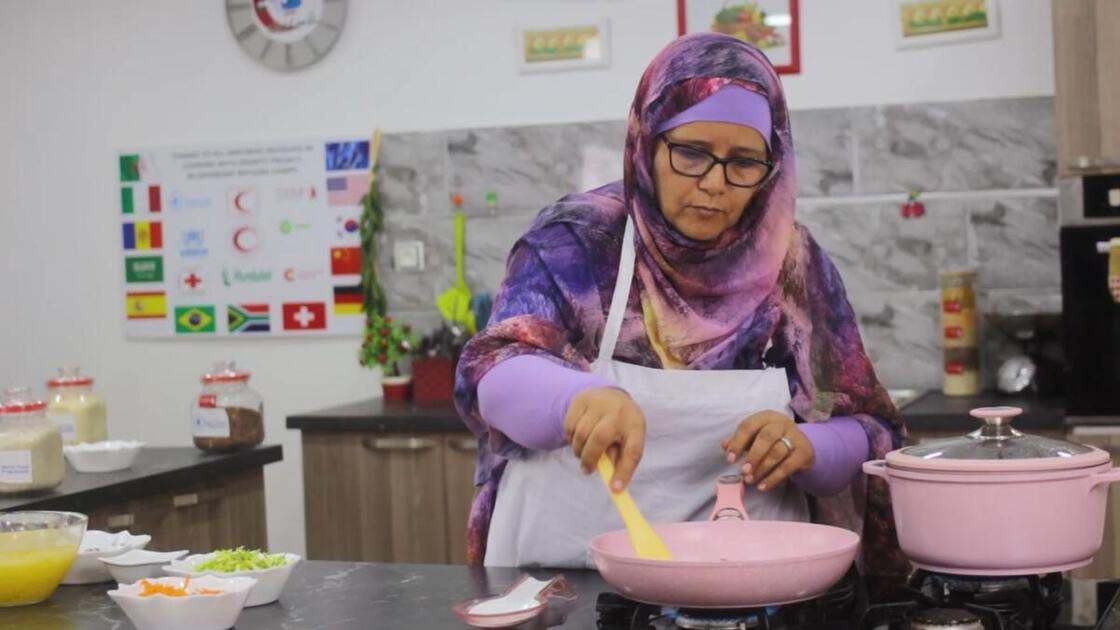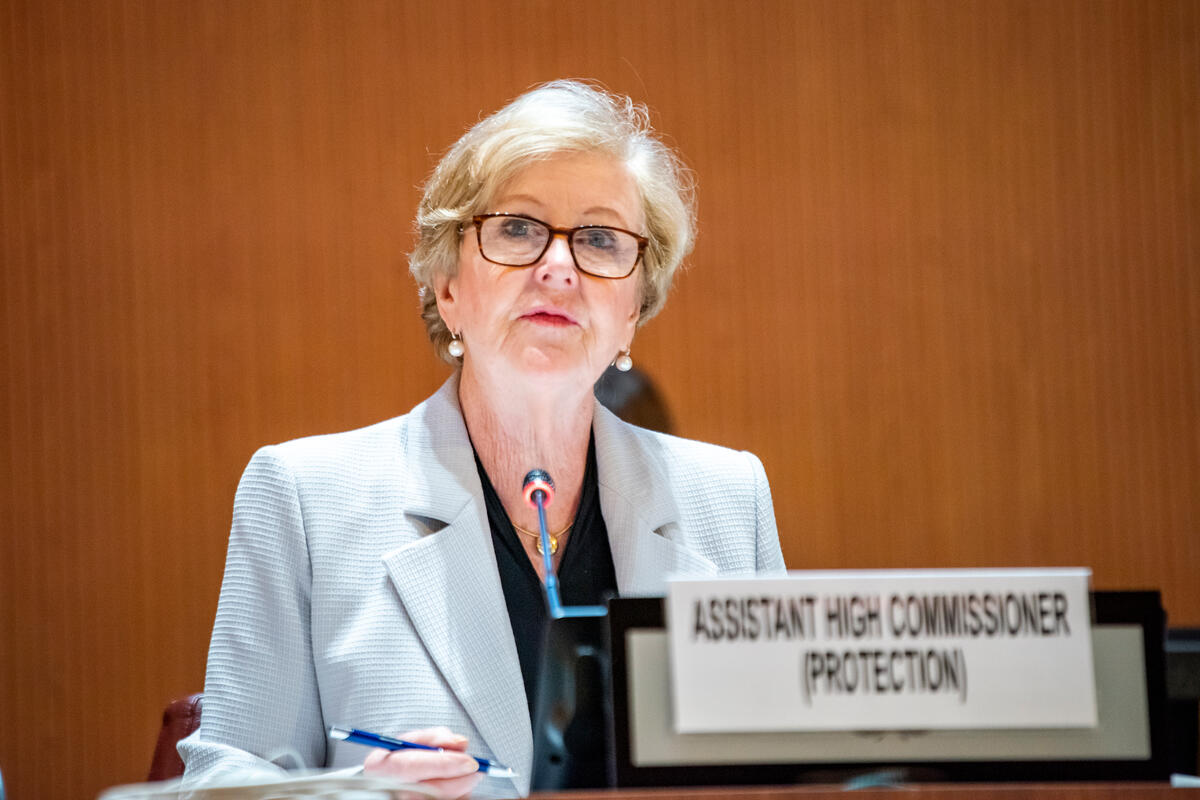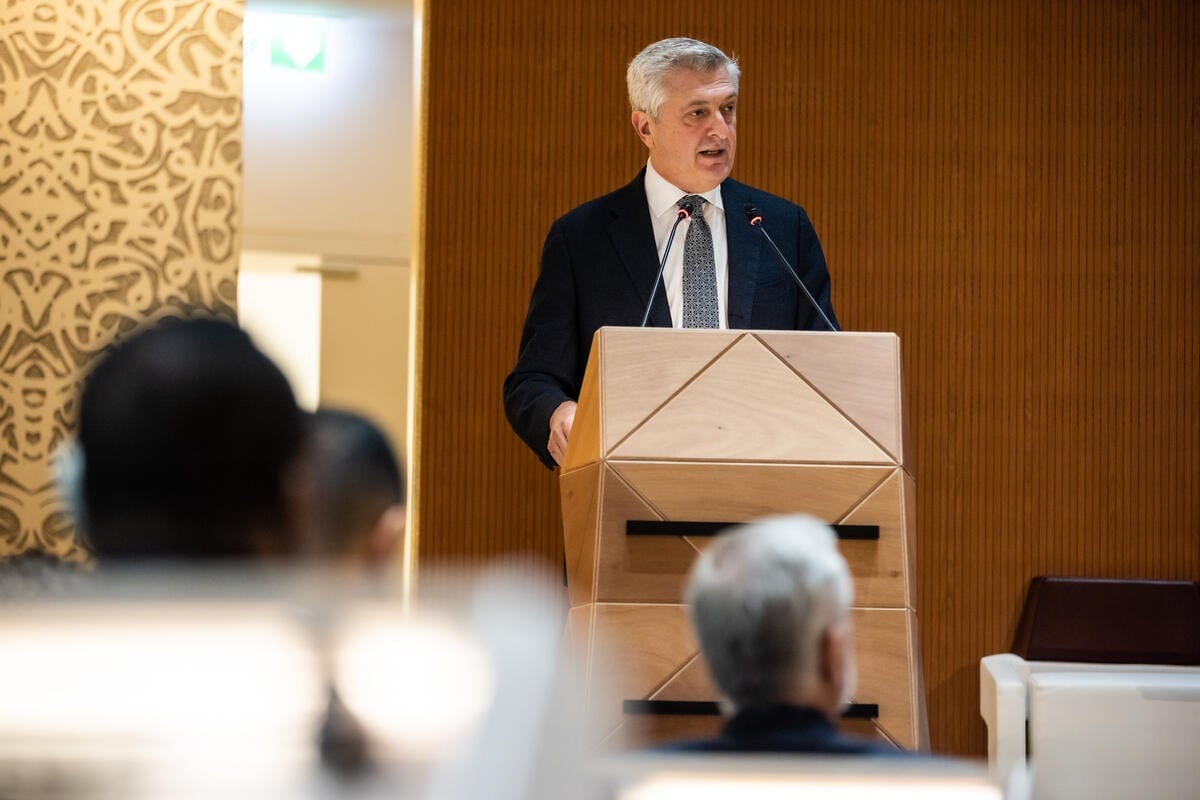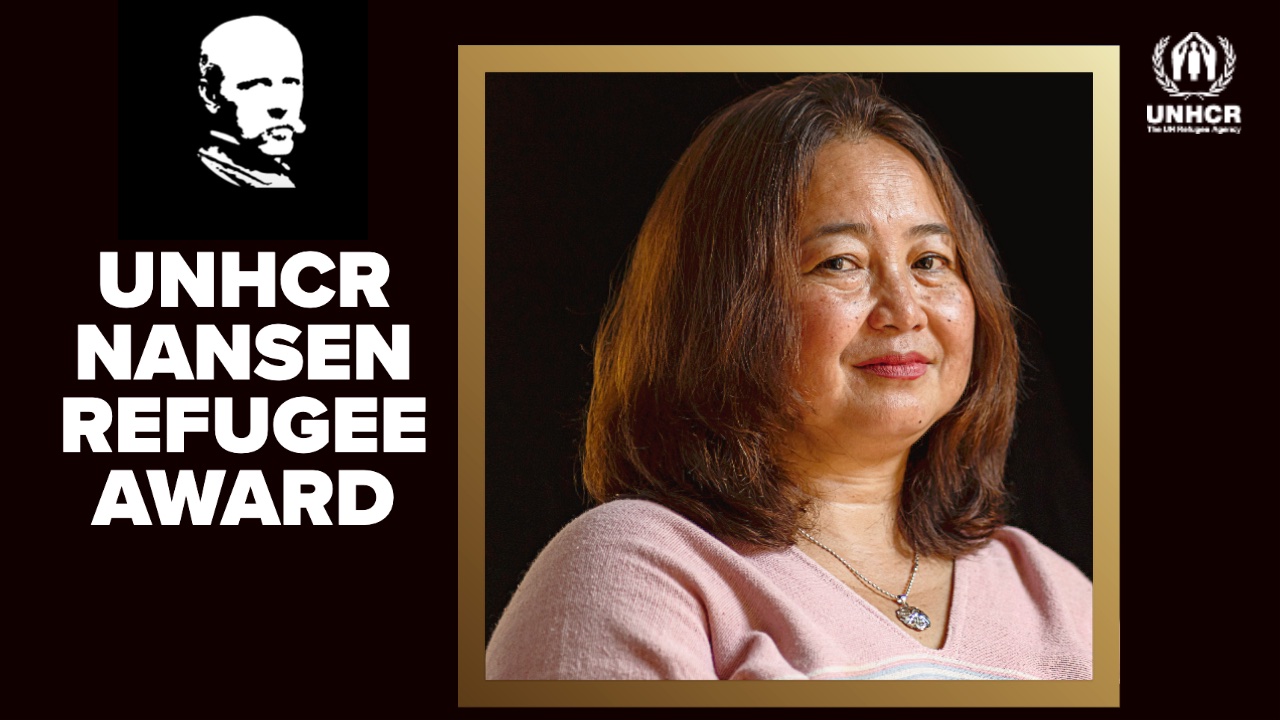Space, shelter and scarce resources – coping with COVID-19

Space, shelter and scarce resources – coping with COVID-19
As countries all over the world battle a second wave of the coronavirus, UNHCR, the UN Refugee Agency, is highlighting how acutely vulnerable displaced populations must contend with extreme overcrowding and limited access to basics such as soap and water.
‘Space, shelter and scarce resources – coping with COVID-19’ is a new data visualization that shows just how hard it is for refugees and internally displaced people to adhere to physical distancing restrictions and advice on handwashing – key measures in the battle to control the spread of the virus.
“Having access to basic services such as health care, sanitation and a decent shelter to call home, are essential for all human beings to live with dignity. Yet this is not the reality for millions of refugees and other displaced persons around the world,” says Raouf Mazou, UNHCR’s Assistant High Commissioner for Operations.
“While COVID-19 has affected us all, refugees already living with uncertainty have been disproportionately impacted."
“While COVID-19 has affected us all, refugees who were already living with uncertainty have been disproportionately impacted. During this challenging time, it is crucial that we step up support of the programmes and initiatives assisting millions of forcibly displaced families trying to rebuild their lives as they strive to access health care, education, employment and adequate housing.”
The data visualization compares the busy Brazilian city of Sao Paulo with some of the most crowded spaces where displaced people currently reside, illustrating the density of population in some refugee settings and bringing to light the challenges refugees face to limit the spread of COVID-19 in these conditions. For instance, if Sao Paulo had the same population density as Kutupalong refugee camp in Bangladesh, it would have more than 62 million inhabitants, instead of over 12 million who live there now.
As for hygiene measures, in the world’s least developed countries, some of which host large numbers of displaced people, almost three quarters of the population lack access to washing facilities, including soap.
The data visualization also shows how UNHCR is responding to support displaced communities all over the world to face the challenges posed by the pandemic.
- See also: COVID-19 and refugees



